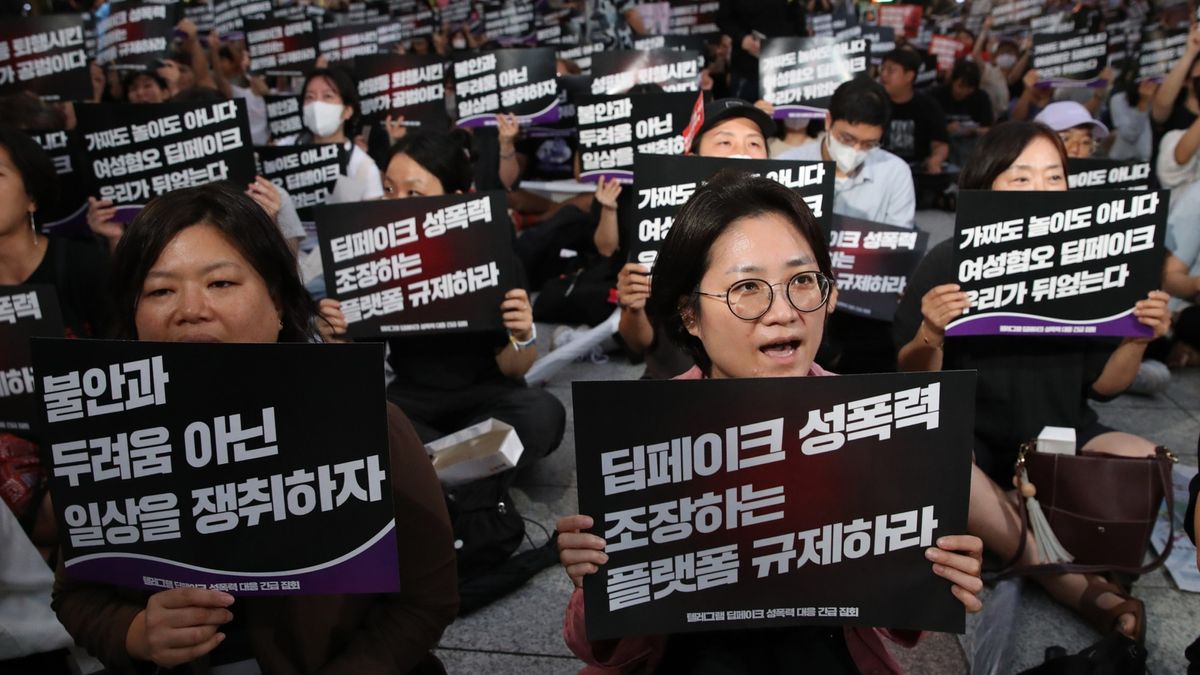Unmasking the Deepfake Dilemma: Understanding the Crisis in South Korea
As technology continues to evolve, South Korea finds itself at the forefront of a digital revolution that brings both innovation and peril. Among the most pressing concerns is the rise of deepfake technology, which has exploded in popularity and poses significant societal risks. This article dives into the deepfake dilemma, particularly focusing on the alarming proliferation of deepfake pornography in South Korea and the ongoing efforts to combat this digital deception.
The Emergence of Deepfake Technology
Deepfake technology leverages artificial intelligence (AI) to create hyper-realistic videos that can manipulate reality. By using deep learning algorithms, it can swap faces, mimic voices, and even create entirely fabricated scenarios that appear genuine. While this technology has potential uses in entertainment and education, its misuse raises serious ethical and legal questions.
South Korea, known for its advanced digital landscape, has seen a rapid increase in the use of deepfake technology. The ease of access to sophisticated tools has allowed individuals to create convincing fake content, often with malicious intent. One of the most troubling manifestations of this technology is its application in creating non-consensual deepfake pornography, which specifically targets women.
The Societal Impacts of Deepfake Pornography
The emergence of deepfake pornography has profound implications for victims, particularly women. These videos often depict individuals in explicit situations without their consent, leading to severe emotional distress and damage to personal and professional reputations. Victims find themselves facing harassment and stigmatization, often with little recourse for justice.
Moreover, the prevalence of such content contributes to a broader cultural issue surrounding misogyny and objectification. In South Korea, where societal pressures and gender norms are already complex, deepfake pornography exacerbates existing inequalities and fosters a dangerous environment for women. The anonymity provided by the internet often emboldens perpetrators, making it difficult to hold them accountable.
Legal Challenges and Legislative Responses
In response to the growing crisis, South Korea has begun to implement legal measures aimed at curbing the spread of deepfake pornography. In 2018, the country passed a law that criminalizes the creation and distribution of non-consensual intimate images, including deepfakes. However, enforcement remains a significant challenge.
- Difficulty in Identification: The nature of deepfake technology makes it difficult to identify the perpetrators and to prove the authenticity of the content.
- Lack of Public Awareness: Many individuals are unaware of the legal ramifications associated with creating or sharing deepfake content.
- Jurisdictional Issues: The global nature of the internet complicates enforcement, as deepfake creators can operate from anywhere in the world.
To address these challenges, South Korea is considering additional regulations and collaborations with tech companies to develop detection tools. These tools aim to identify deepfake content and provide a means of flagging harmful material before it spreads widely.
Community and Grassroots Initiatives
Beyond government efforts, various grassroots organizations have emerged to combat the impact of deepfake technology. Advocacy groups are working tirelessly to raise awareness of the issue and support victims. They are also pushing for comprehensive education programs that inform the public about the dangers of deepfakes and the importance of consent.
- Support Groups: Many organizations offer counseling and legal advice to victims of deepfake pornography, helping them navigate the emotional and legal complexities.
- Workshops and Seminars: Educational initiatives aim to empower individuals, especially women, with knowledge about digital rights and the implications of deepfake technology.
Technological Solutions and Future Directions
Amidst the challenges posed by deepfake technology, there are also promising advancements in detection and prevention. Researchers and tech companies are actively developing AI tools capable of identifying deepfakes by analyzing inconsistencies in videos.
Some potential technological solutions include:
- AI Detection Tools: Advanced algorithms that can detect deepfake characteristics, such as unnatural facial movements or irregular voice modulation.
- Blockchain Technology: Using blockchain for digital content verification can ensure that original videos are authenticated, making it easier to spot fakes.
- Public Awareness Campaigns: Initiatives aimed at educating the public about recognizing deepfakes and understanding their implications.
The Path Forward: A Collaborative Effort
Addressing the deepfake dilemma in South Korea requires a multifaceted approach that combines legal, technological, and societal efforts. Collaboration between the government, tech companies, and civil society is essential to effectively combat digital deception.
As South Korea navigates this complex challenge, it serves as a case study for other nations grappling with similar issues. By fostering an environment of awareness and accountability, there is hope that the tide can be turned against the misuse of deepfake technology.
In conclusion, while deepfake technology presents unique challenges, it also offers an opportunity for South Korea to lead the way in establishing ethical standards and protective measures. Through innovative solutions and a commitment to justice, the nation can work towards unmasking the deepfake dilemma and creating a safer digital landscape for all.
See more Future Tech Daily

